I love old bikes, but man do I ever get enthralled when new models come out. What has changed? What new rider aids have been dreamed up? More power, less weight, give me all the details!
This “best of” list tackles bikes from the 2010s, and wow was this hard to narrow down. I shall don my flame suit once again, fully prepared for the “how did you forget this bike” group of comments.
I didn’t really forget—it was more like I had hard choices to make in trying to keep the list to just 10 items. I even held back and left off my own pride and joy, the 2016 Superduke GT. I tried to spread the praise among many manufacturers (simply because lots of them are crushing it) and give you a broader variety to choose from.
But enough of my hype—check out my picks for the best motorcycles of the 2010s!
2010 BMW S 1000 RR
It took some serious cajones from BMW to decide to enter the world of supersport bikes. With zero race pedigree and a pack of competitors who already compete at lofty levels, this was a major ask of the BMW Motorrad engineers.
The S 1000 RR introduced in 2009 and in North America for 2010 lived up to all the pre-release hype. Riders of liter-bikes are notoriously judgemental, but I confidently state everyone was blown away. Packing 190hp and a slew of rider aids, BMW gave notice this bike was definitely no poser. During the 2010 FIM Superstock 1000 Championship season, Ayrton Badovini dominated by winning every single race but one on the S 1000 RR.
I don’t think there will be much argument that the S 1000 RR makes this list as one of the Best of the 2010s.
2010 Ducati Multistrada 1200
When the Multistrada 1200 was introduced I remember sitting on it at the bike show and thinking, Ducati is looking to blow people away. Starting with the 1198s Testastretta Evoluzione engine, valve overlap was changed to 11° providing smoother combustion and improved fuel economy. Churning out 150hp every aspect of the new Multistrada was improved, chassis, suspension, braking, and most notably the electronics.
Four rider selectable modes would instantly change the engine and suspension character. The new ride-by-wire throttle, keyless ignition, 8 level traction control system, and a Bosch-Brembo ABS system that can be rider disabled, all added up to a bike that would tackle off-road and on-road rides with new levels of performance and capability.
The Multistrada 1200 set a new standard for Ducati reliability and instantly added this bike to the top of the must-have list for many adventure touring fans.
2012 BMW K 1600 GTL
Slow to adapt within the Luxury Touring segment, BMW needed a fresh design if any sort of serious competition was going to challenge the Honda Goldwing.
The K 1600 GTL embodies luxury touring, European style. The big BMW has a power and performance advantage over others in the luxo-liner class, feeling slightly smaller in a jumbo shrimp kind of way thanks to being 134lbs lighter than the Honda.
Loaded with electronics and comfort features the BMW showed customers that even a posh ride could be light on its wheels.
2013–2016 Honda 500 Parallel Twins
For the North American markets, motorcycles tend to be a secondary mode of transport for most people. But in many other regions, two wheels are the only way to go.
In 2013 Honda developed a 471 cc (28.7 cu in) liquid-cooled 4-stroke 8-valve DOHC Straight-twin engine, producing a solid 47hp. Matching this robust and reliable engine to a highly capable and easy to produce chassis set the stage for a family of bikes that met global demands brilliantly.
Choose your style: naked (CB500F), sport (CBR500R), adventure (CB500X), or cruiser (Rebel 500). Honda has you covered at a price that is very wallet-friendly. I am hard-pressed to think of another family of bikes that have found such success globally.
Yes, I know they may seem a tad boring, but I can’t help but give Honda a spot on my list for these brilliantly-executed machines.
2015 Yamaha R1
The Yamaha R1. A combination of sledgehammer and scalpel, the R1 is a model that Yamaha constantly tinkers with, but for 2015, this literbike underwent a complete refresh.
At the heart of the beast, a new second-generation version of the 998cc in-line four-cylinder cross-plane crankshaft engine was developed. Stuffed with titanium and magic, the new engine shed 8.8 lbs, spun up to an insane 14,500 rpm, and approached the top of the class with 200hp.
Helping the rider control this monster is Yamaha’s proprietary six-axis inertial-measurement unit (IMU). The Yamaha Ride Control processor manages power delivery, traction control, slide control, lift control, launch control, and the quick shifter.
Basically, Yamaha created a rider management system that (according to reviews at the time), was the best riders had experienced. If this wasn’t enough, somehow Yamaha found a way to reduce the overall wet weight down to 199kg (439lbs).
But wait, there’s more! Spend another $5500 for the Yamaha R1M and you will get more expensive components such as electronic semi-active Öhlins suspension, carbon fiber bodywork, Yamaha’s Communication Control Unit (CCU), Y-TRAC data logging system, and stickier Bridgestone tires with larger rear 200/55-size.
No doubt about it, the 2015 Yamaha R1 was one of the best bikes of the 2010s.
2015 Kawasaki Ninja H2R
It just doesn’t get much better than limited edition, one-off, non-street legal, please-take-all-my-money sorts of dreams that a manufacturer actually manufactures. Kawasaki (I am convinced) has a management team full of maniacs willing to provide engineers with few restrictions. The result? The epic Kawasaki Ninja H2R. $50,000 and 310hp of supercharged inline-four, track-only awesomeness.
In the pursuit of extreme performance, engineering hurdles are often conquered—and lead to brilliant trickle-down benefits for the models that will see the street. Every component of the Ninja H2R was next level, the suspension, brakes, aero bodywork, the list is endless.
The Kawasaki River Mark is reserved for models of historical significance and proudly adorns the Ninja H2R, reminding all that this is much more than just an insanely fast motorcycle.
2015 Ducati 1299 Panigale S
Ducati reworked things for 2015 and pushed every hot button superbike aficionados possess. The Ducati 1299 Panigale S has more power, less weight, and better performance than the 1199 Panigale it replaces. How do the Italians manage this all while retaining what are arguably the sexiest lines of any superbike out there?
Offering far more than a displacement increase, the 1285cc Superquadro L-Twin gains 10 hp to a total of 205hp, and 8 lb-ft of torque to a total of 106.7 lb-ft. The specs don’t quite reveal the true improvement. The power delivery has changed from a somewhat peaky nature of the 1199 to a wide, muscular power band that just propels the ultra-light chassis forward like never before.
The 1299 Panigale S uses a similar semi-active Ohlins suspension to the Yamaha R1M, but with Ducati-specific logic. Helping ensure mere mortals can attempt to mimic a MotoGP champion, Ducati has fitted the latest IMU “Total Rider Control” system.
Allowing a broad range of rider adjustment, the ride-by-wire control system works with the Ducati Traction Control (DTC), Ducati Quick Shift (DQS), Engine Braking Control (EBC) and Ducati Wheelie Control (DWC) to give the rider complete and incremental control over the engine performance and level of intervention by the subsystems.
2015 was a year of insane superbike options, and with the absolutely wild performance capabilities of the latest Ducati, I find it impossible to not include it on this list of the best bikes built in the 2010s.
2016 Honda CRF1000L Africa Twin
Adventure riders globally rejoiced at the news that Honda was resurrecting the legendary Africa Twin. Designed with a clean sheet and a singular goal to “go anywhere”, Honda delivered—and the new Africa Twin altered the standard of what an adventure bike can do.
Packing a 998cc parallel twin tucked tightly within a new steel frame, the whole design is focused on excellent ergonomics and balance. From the saddle, the feel is narrow, with the center of gravity seemingly very low. ABS and traction control systems are rider-adjustable and allow a wide range of hooliganism or supernanny restrictions.
Engineers spent many hours tuning the suspension and refining the angles, and have ended up with a brilliant balance of on and off-road refinement. With approximately 9 inches of travel front and rear, the Africa Twin makes average riders seem like pros with its agility and control off-road. Welcome back to the Adventure bike world Honda; now take my money!
2017 Harley Davidson Milwaukee Eight
I am taking a writer’s privilege here—and instead of choosing one bike, this time I am choosing an engine powering many bikes.
In 2017, what I can only label a “major move,” happened at Harley Davidson: the introduction of an entirely new engine family for the big V-twins, the Milwaukee Eight. Displacing 107ci (1,750cc) or 114ci (1,870cc), these new eight-valve engines are just the third all-new big twin in 80 years.
Nothing changes quickly at Harley Davidson, but improvements needed to occur to meet the demands of a more critical marketplace. Reaching out to over a thousand riders, HD put in the effort to actually listen to their customers. The feedback essentially filtered down to more power, less heat, and less vibration.
The Milwaukee-Eight engines became available on touring and trike models of the 2017 model year. Harley Davidson Softail models started using the Milwaukee-Eight the following year. The family has now expanded to include a 117ci (1,917cc) size for the CVO models.
While I realize this is a deviation from the rest of the list, such a major change at HD deserves attention and respect. There is no denying the significance of Harley Davidson as a brand, and for many, their bikes are the best. The Milwaukee Eight big twin-engine belongs as part of the best in the 2010s.
2018 KTM 250 XC-W TPI
2018 brought what some wondered if we would ever see: fuel injection on a 2-stroke bike. But it takes more than just being first to market to make my list, and for 2017, KTM released a totally new 250 XC-W. The engine was reworked, adding a new counterbalancer, and the electric starter relocated further inboard.
The frame on this model was also revised; there’s a new WP AER 48 air fork and incremental improvements are made tip-to-tail on the bike. Elite riders all seem to agree that the KTM 250 XC-W might just be the best off-road bike there is.
KTM spent 10 years developing the “Transfer Port Injection” (TPI) system, knowing it had to be perfect, and that Euro 4 compliance had to be met. Key to the whole system, KTM developed a new EMS with five unique sensors that manage not just the fuel injection but the oil injection as well. To ensure reliability a lithium-ion battery, and a more powerful generator was fitted to meet the requirements of the upgraded EMS.
In the world of dirt, 2-stroke fuel injection represents a major leap forward, and including it on a bike already deemed the best by many absolutely deserved to make this list.
Riding Into the Future
The 2010s were chock full of incredible bikes. 2015, in particular, seemed to have an explosion of epic supersport machines. I know I have missed many bikes that likely deserve a place on this list, but please let me know what you feel I overlooked. This is my “Best Motorcycles Of The 2010s” list, but go ahead—change my mind.


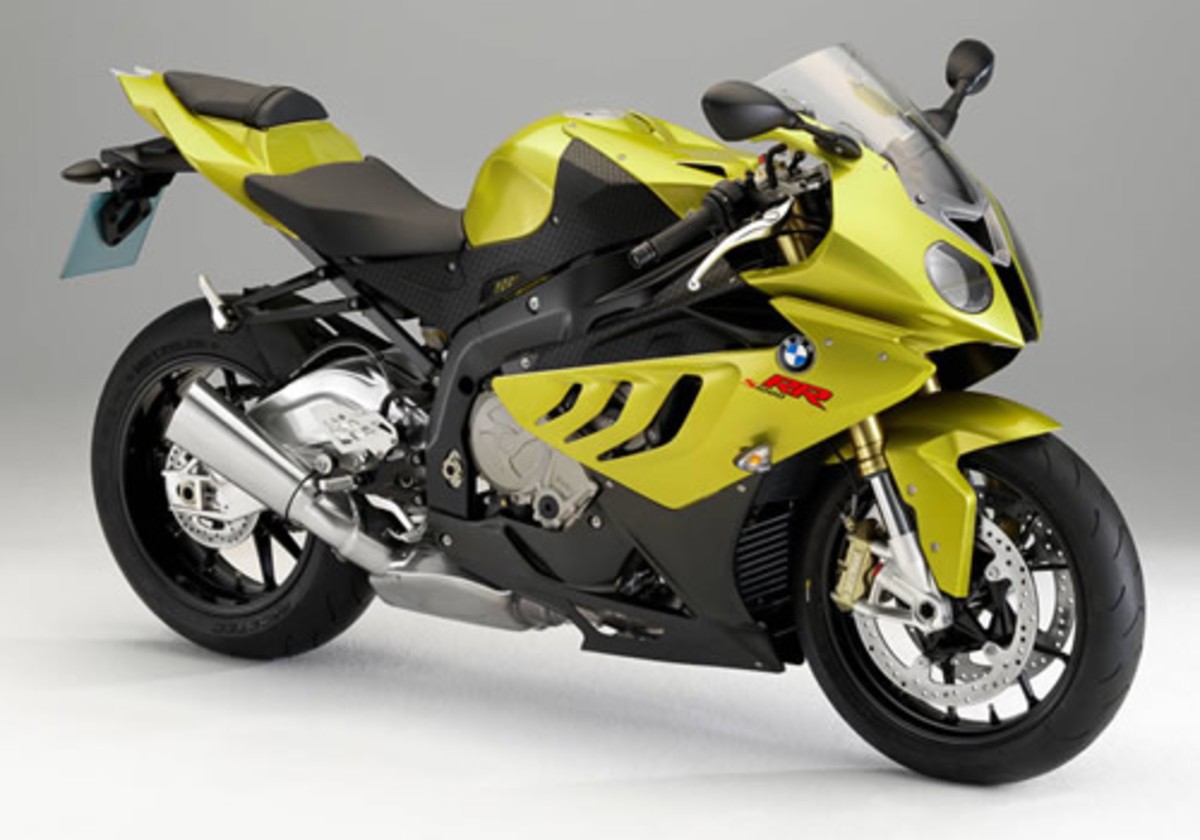
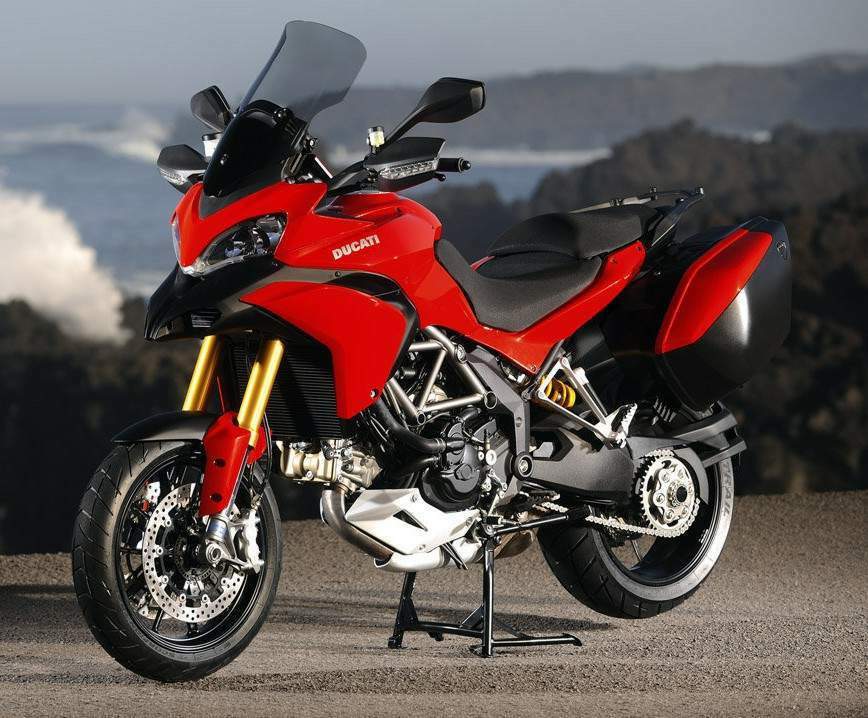
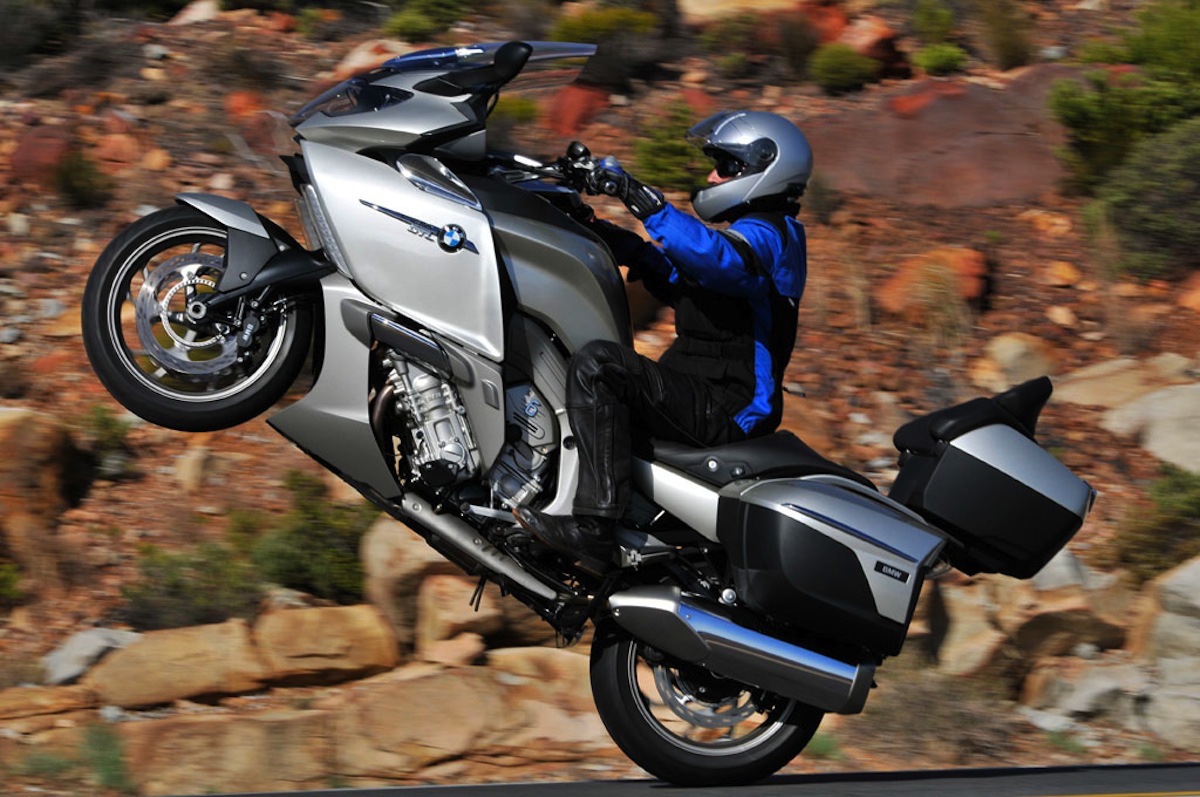
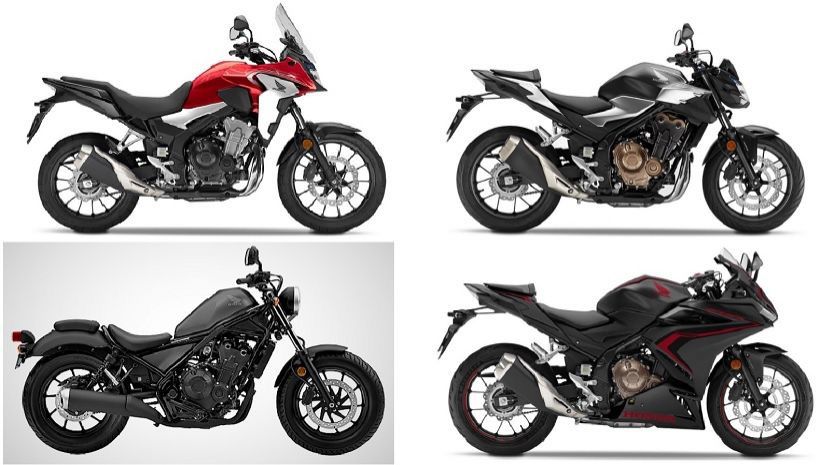
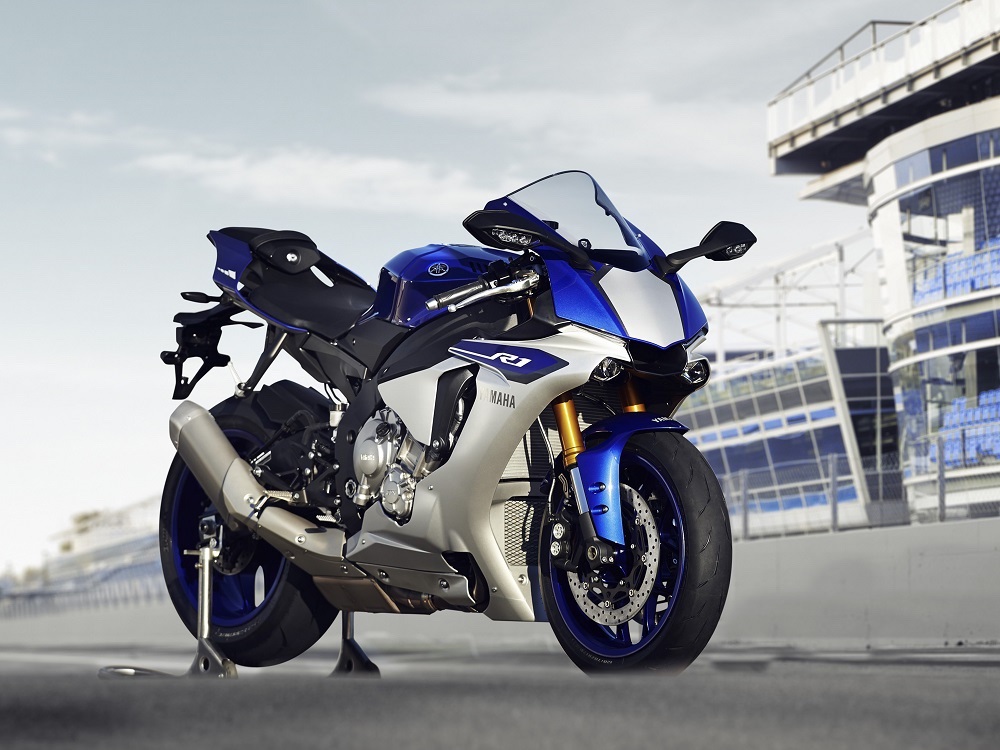
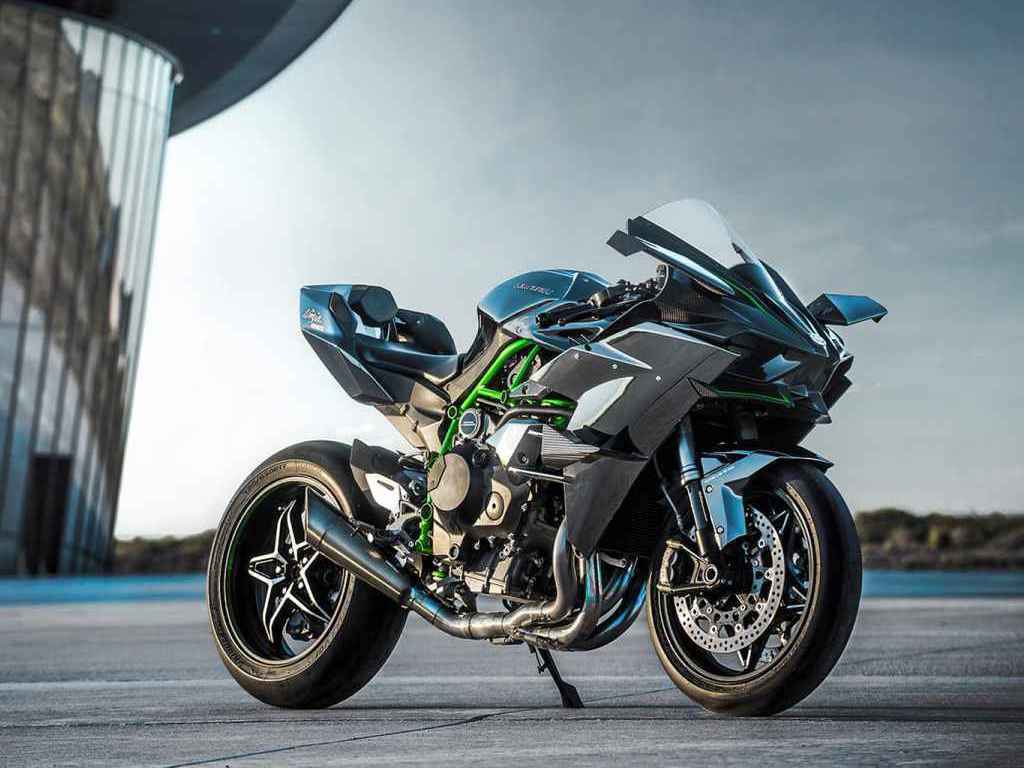
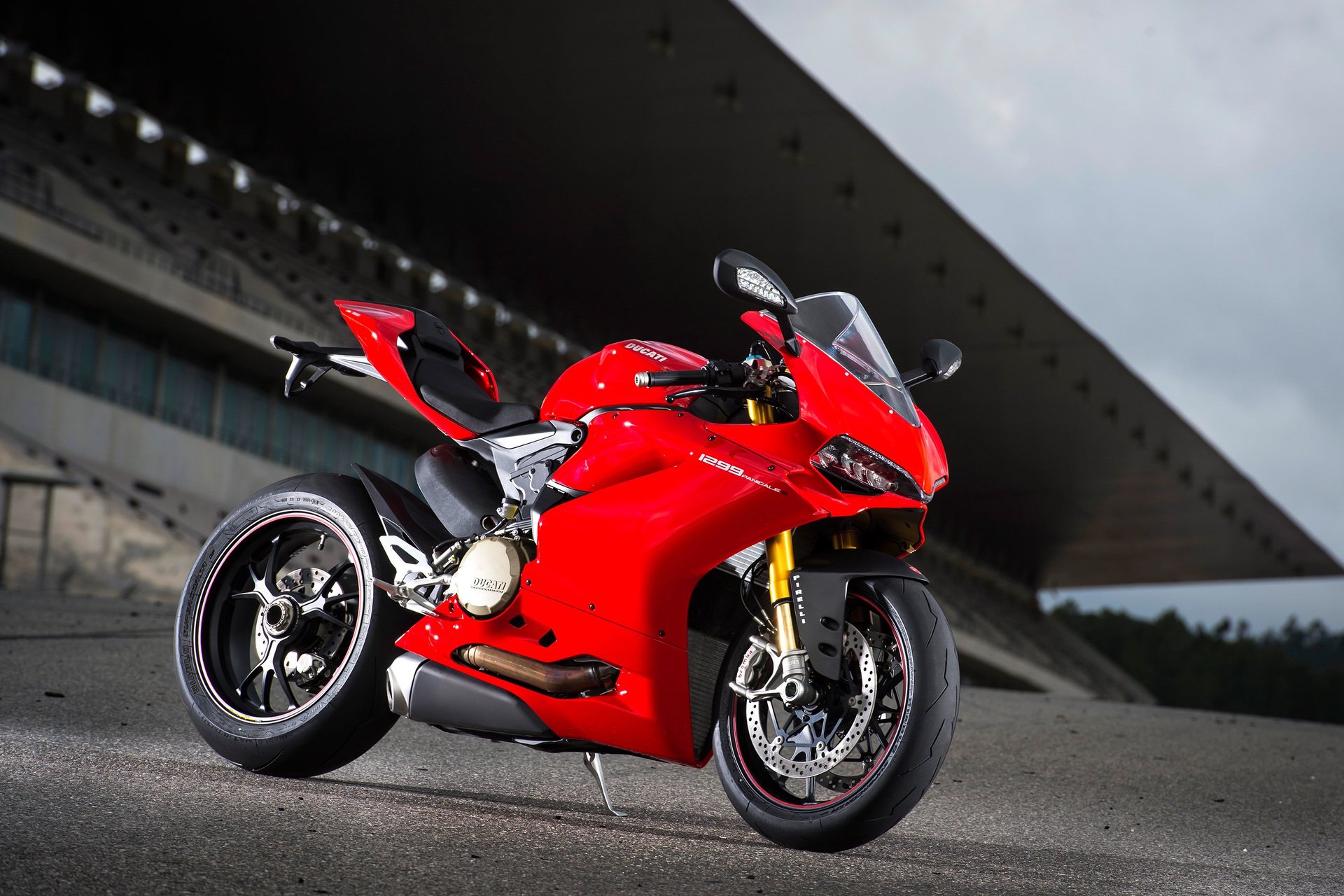
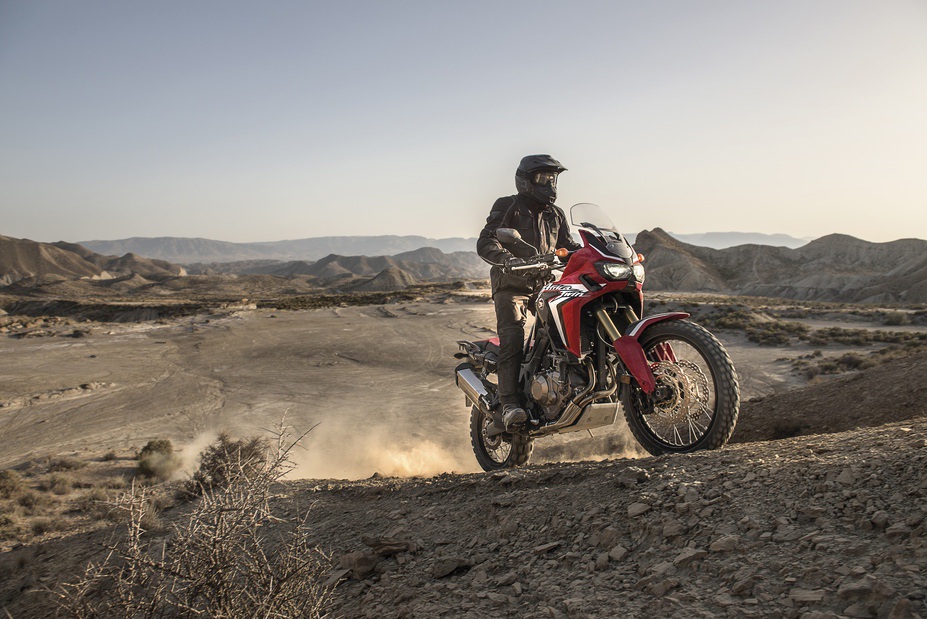
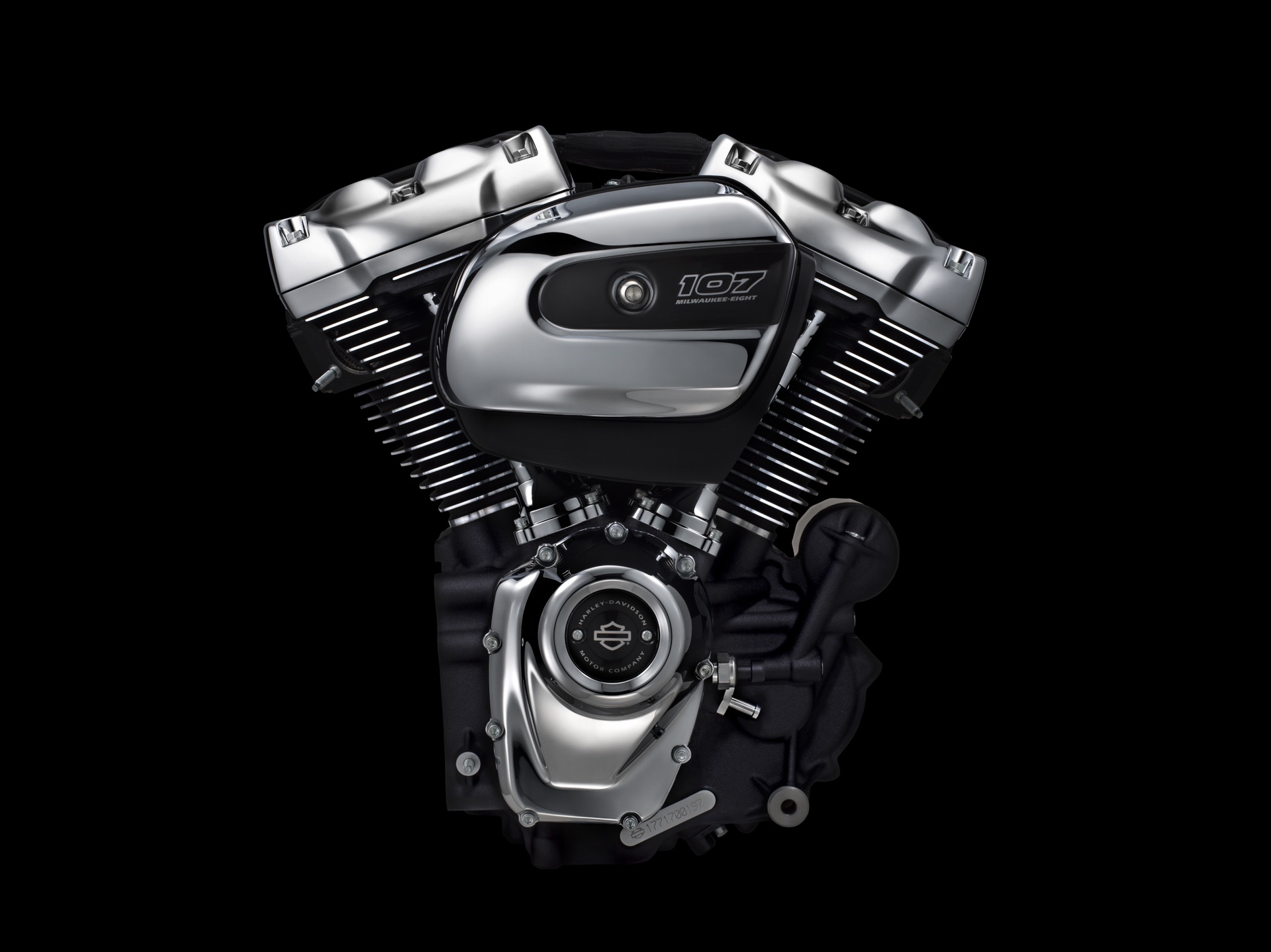
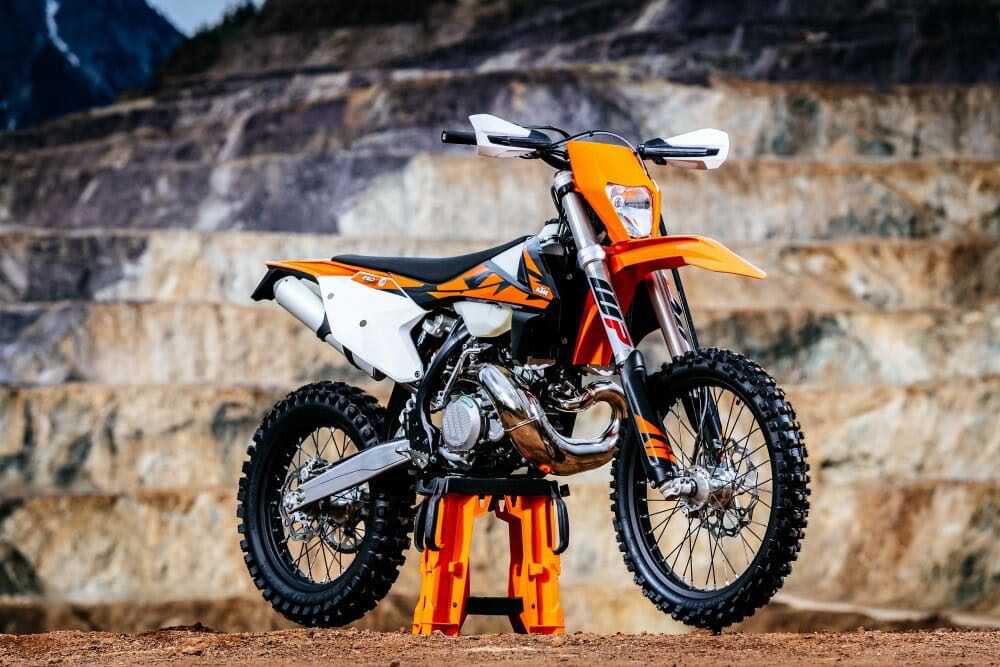

Left the best bike of the decade KTM Super Duke R
Hi John, I have to say I struggled mightily with this one. I own a 2016 Super Duke GT and I love it. The R is an amazing bike, but for me, just like my coveted GT, it is a very niche bike, and with so many unreal SuperSport bikes to also consider, I made the choice to not include it. It sits at my number 11 spot. But hence why I used a shot of my own GT as the top image for the article, my silent honorable mention.
Thanks for your feedback, I would love to hear your list.
Talk about a niche bike; the Ninja H2R isn’t even allowed on public roads, yet it’s on the list. OK, it is revolutionary, but so is the model I bought: the H2 SX SE. I’d also nominate the “retro” Triumphs because they manage to invoke nostalgia without wallowing in it. My son’s Thruxton R is truly gorgeous but performs like (and is) a modern bike. In any case, thanks for a fun list.